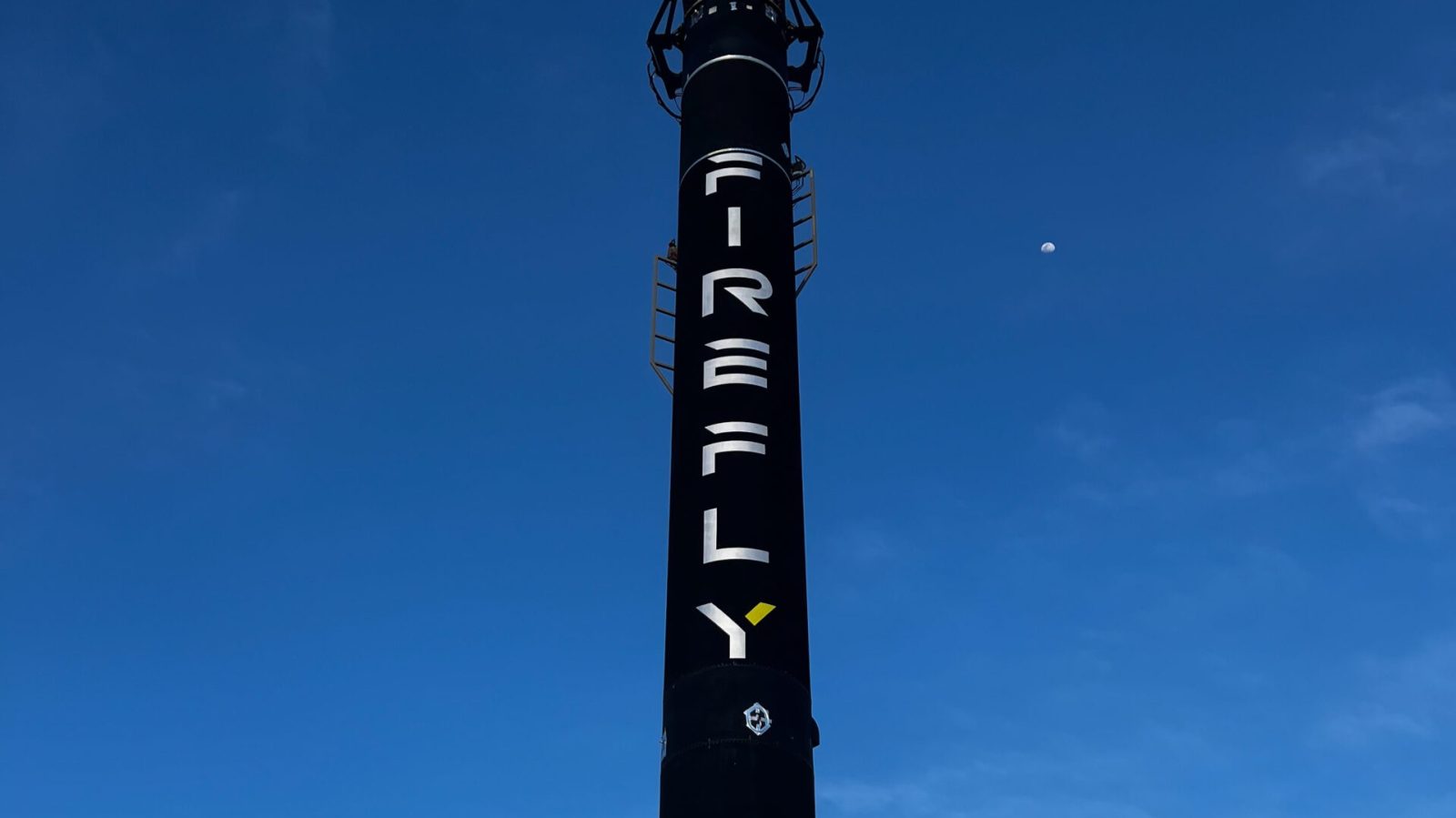
On this quiet holiday week, China will actually be launching more than SpaceX, and even on Fourth of July (how rude). However, we do finally get to see Firefly return to the launch site after December’s partial failure of its Alpha rocket – scheduled for late Monday evening.
This Week’s Launches:
- July 1 (Monday)
- Firefly | Alpha | Noise Of Summer | 9:03 P.M. PT
- SLC-2W, Vandenberg Space Force Base
- Firefly | Alpha | Noise Of Summer | 9:03 P.M. PT
- July 3 (Wednesday)
- SpaceX | Falcon 9 | Starlink Group 8-9 | 2:01 A.M. ET
- SLC-40, Cape Canaveral Space Force Station, Florida
- SpaceX | Falcon 9 | Starlink Group 8-9 | 2:01 A.M. ET
- July 4 (Thursday)
- CASC | Long March 6A | Unknown Payload | 7:00 P.M. ET
- LC-9A, Taiyuan Satellite Launch Center, China
- CASC | Long March 6A | Unknown Payload | 7:00 P.M. ET
- July 5 (Friday)
- iSpace | Hyperbola 1 | Unknown Payload | 7:40 P.M. ET
- Site 95A, Jiuquan Satellite Launch Center, China
- iSpace | Hyperbola 1 | Unknown Payload | 7:40 P.M. ET
Firefly hoping for fully successful mission
Later tonight Firefly is hoping to launch its fifth Alpha rocket from Vandenberg Space Force Base, California. This will be an important mission for Firefly to get 100% right as it already has had a shaky start to its rocket career and some stability would be nice for it.
On board will be eight NASA sponsored payloads all created by either college or high school students, except for two NASA ones. Part of NASA’s Educational Launch of Nanosatellites (ELaNa) program, most of these CubeSats will be testing novel ideas in space tech advancements.
An interesting payload, R5-S4, being built by NASA’s Johnson Space Center, will test a sort of optical “license plate” for satellites. The satellite’s unique ID will be flashed from an emitter on the spacecraft that can be seen by small, ground-based telescopes. This is being designed in conjunction with Los Alamos National Laboratory to help reduce the growing confusion as to what is what up there.
The last launch of Alpha ended in a partial failure when the second stage failed to restart and raise its payload’s orbit. While the payload was able to complete its objectives before a sooner than planned deorbit, successful delivery of customer’s satellites to their planned orbits is a big must for future commercial success. Firefly states the issue was within the software and should be fixed for flight five.
NASA’s ELaNa program accepts a large amount of risk to make this mission affordable for as many universities as possible. However no one likes their hard work on the ground in pieces instead of in space conducing research.
FTC: We use income earning auto affiliate links. More.




Comments